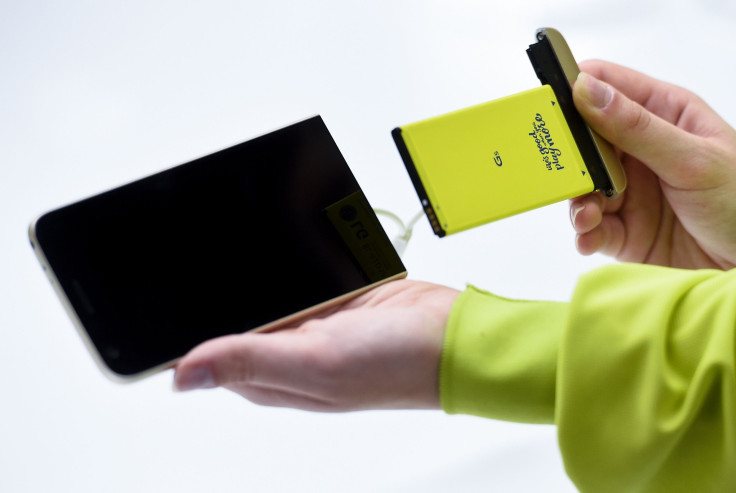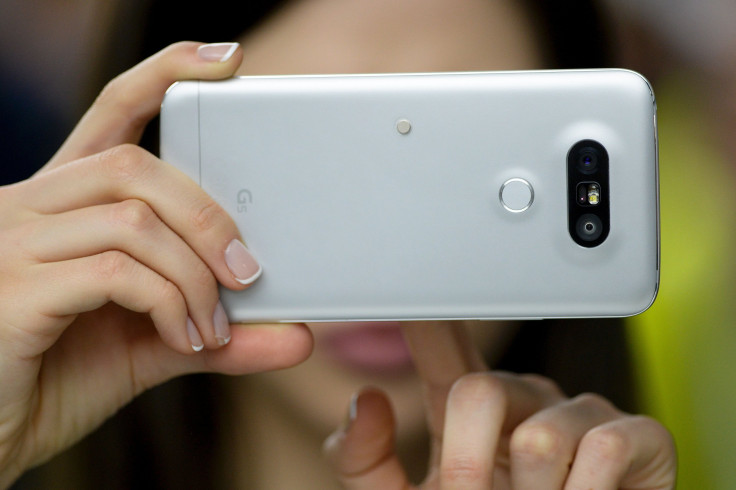LG G5 Hands-On: Are Modular Smartphones The Future?

BARCELONA, Spain — LG has launched a smartphone with a unique selling point: Users can quickly swap out the bottom of the phone for modules that offer augmented features such as better audio and improved photography. LG has done all this while maintaining the sleek and polished design of other flagship devices, offering what it thinks is the best of both worlds. The question is, will modular smartphones be the future or just another gimmick?
If we are to judge on the G5 alone, then the answer is almost certainly the latter.
LG needs to do something different. It's the world’s fourth-biggest smartphone maker, but it is so far behind the top three (Samsung, Apple and Huawei) in terms of scale and size that it's really in a different league. LG does not have the brand awareness Apple and Samsung do and as Huawei is accelerating toward. LG is in reverse.
The company builds decent smartphones, but in a world where one high-performance smartphone with metallic unibody design is indistinguishable from the next, it simply doesn’t have the budget to compete with the big guns.

And so we get the G5, a premium smartphone with the latest Qualcomm Snapdragon 820 chip; a innovative dual-lens wide-angle camera; a super-high-resolution 5.3-inch screen; the latest version of Android; a microSD card slot; an always-on display to improve battery life; and an all-metal body to provide that premium feel.
The phone’s design is muted, and while all four color options available are not exactly ugly, they don’t have the appeal of Samsung’s blue and green Galaxy S6 range from 2015. It’s all a little dull, as if LG wanted to keep all of the attention on the big selling point of the G5, its modular units.
Press a little button on the side of the phone (which actually isn’t that easy to do as it is flush with the body of the phone and the bottom “chin” of the smartphone slides off along with the 2,800mAh battery. The mechanism is pleasingly solid and the battery can be quickly swapped out for a fully charged unit if that’s all you want to do.
Of course, LG has much bigger plans and has launched two modules initially that work with the G5. The first is the LG Cam Plus, which adds physical camera controls and purports to make it easier to take photos one-handed. In reality the controls (shutter button, scroll wheel to zoom, and a toggle to switch between camera and video) are not great and the module feels bulky and slippery -- I felt like I was going to drop the phone.

The second module is aimed at audiophiles. The LG Hi-Fi Plus has been developed in collaboration with premium audio company Bang & Olufsen and this implementation is much slicker, looking like a natural extension of the phone’s overall design. In conjunction with a pair of Bang & Olufsen earphones the audio samples I heard certainly sounded richer, and while I’m sure there will be an audience for this device, it will depend on how much people will have to pay for it.
And this is the big unanswered question. LG has not released a price for its new phone or the modules, and if customers will have to pay significant amounts of money for the extras, this project is already dead in the water.
LG says it will open up its hardware to anyone who wants to create a new module for the G5, but how many hardware developers are going to put the time and effort into creating a product that can be used only on a single smartphone model from a single smartphone manufacturer. If we were talking about the iPhone, then probably a lot, but we’re not. We're talking about a smartphone from LG, which cannot compete on the level of companies like Apple and Samsung in this sense.

The only way modular phones like this will work is if there's an industry standard to which all manufacturers adhere, allowing one module to work on any smartphone. However, considering that manufacturers still can’t decide between USB-C and microUSB, I’m not holding out much hope.
LG should be applauded for its attempt to bring something different to the smartphone landscape. Google’s modular smartphone — Project Ara — takes this idea to the extreme, but it is more likely to be successful as users can completely customize their phones, and not just add relatively niche features.
Without the modular feature, the LG G5 is still a decent smartphone with top-of-the-line specs but so are a dozen other smartphones, some of which will cost significantly less than LG’s new entry and some of which, like the Galaxy S7 and iPhone 7, will have much broader appeal.
© Copyright IBTimes 2024. All rights reserved.





















